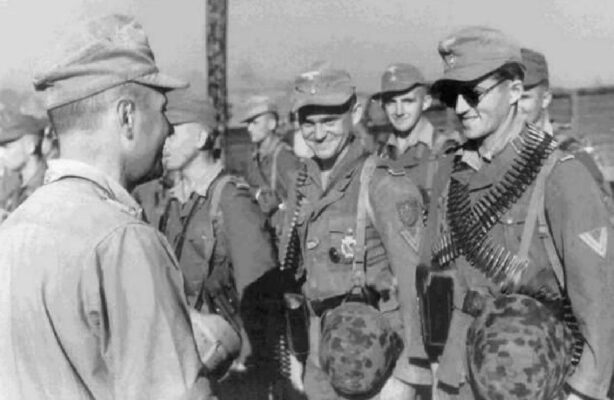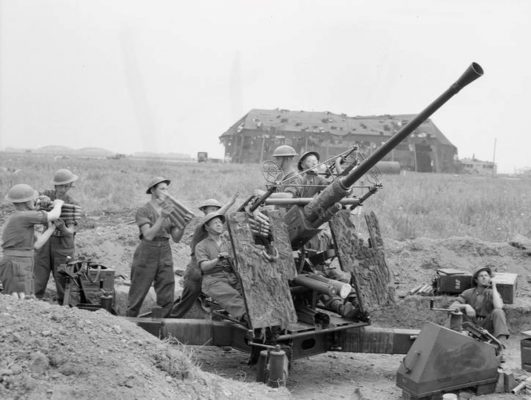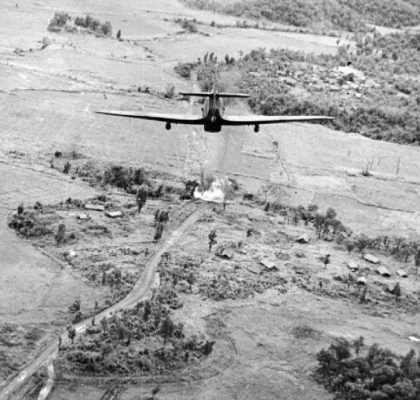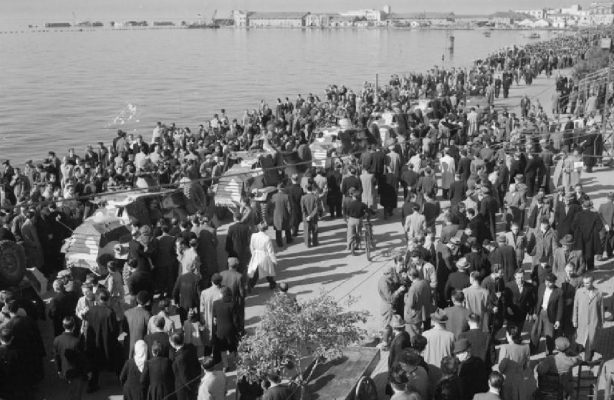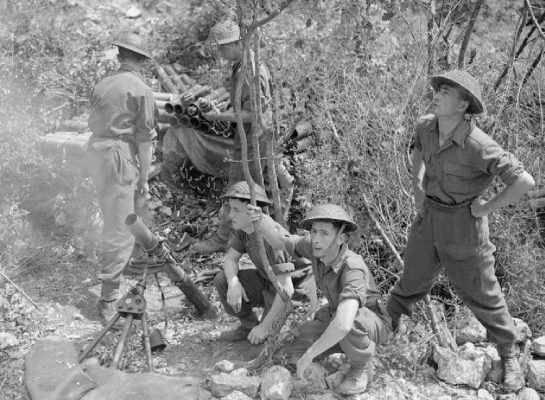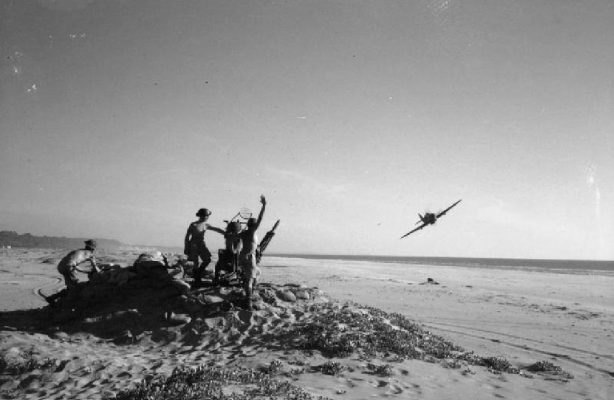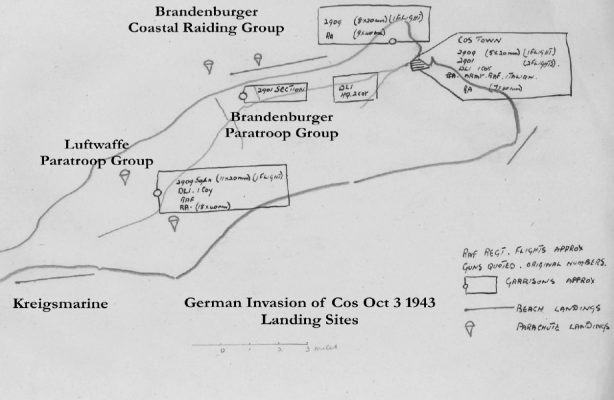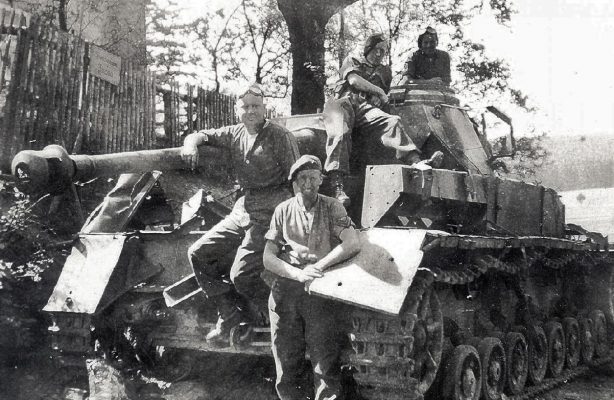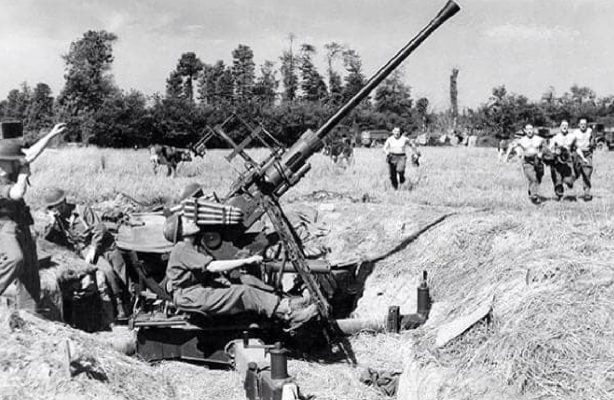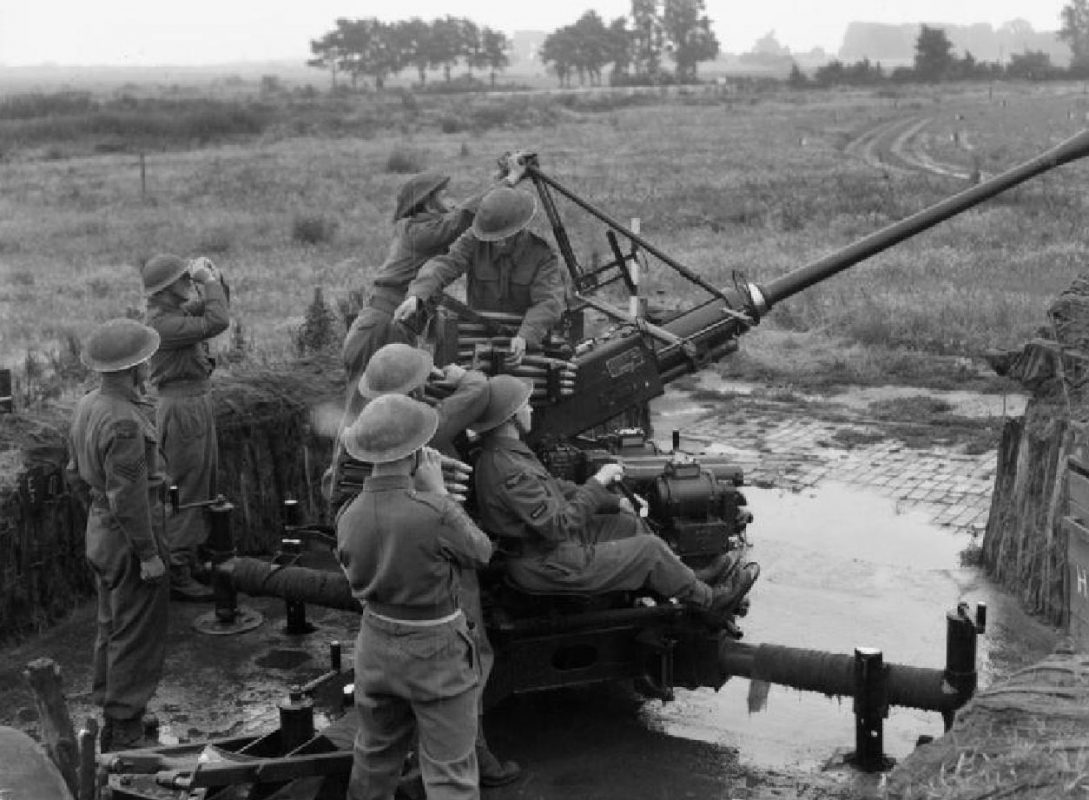
Intelligence sources had first reported in 1943, of the advanced work the Germans were carrying out on a variety of pilotless and guided weapons to bombard the UK and disrupt any invasion fleet from forming.
A defense against these weapons was essential – to defend London, Bristol and the Solent. This commenced with a deployment into the initial Diver Box in early June 1944 as preparation commenced for D Day. The V-1 it was deployed against was a simple cruise missile capable of being launched from aircraft and ground sites. During the period June 1944 – January 1945 some 10,000 were launched at the London area with only 20% getting through – killing over 5000.
In reality there was more than one line of defence, for as we advanced through Europe, the launch sites changed. Operation Crossbow was the other half of the anti V Weapon strategy which searched for the launch sites on the continent. For Operation Diver initial box belts of anti-aircraft guns and searchlights were established – some 1300+ guns and 400 searchlights. RAF Regiment Squadrons were a large part of the 8000 or so light guns on the initial Diver Deployment – 31 Regiment Squadrons with their 40mm Bofors drawn from bases in SE England.
The cruising height of the V1 was between 2500 and 2500 feet – directly splitting the height envelopes of the Heavy 3.7in guns and the 40mm Bofors light guns. Initially the accuracy of the guns meant 1 kill in every 2500 rounds fired. However, technical improvements including proximity fuses dropped this to 1 kill per hundred rounds fired by the end of the Operation.

